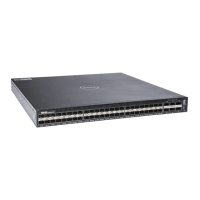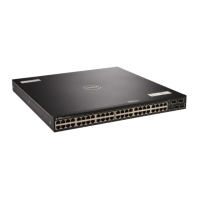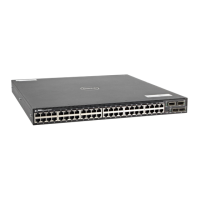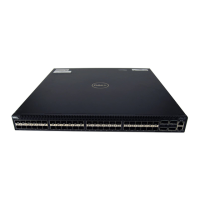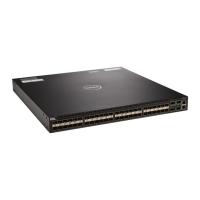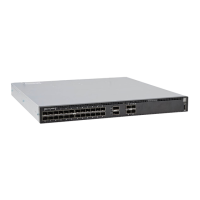• Configuring VxLAN Gateway
• Displaying VXLAN Configurations
• VXLAN Service nodes for BFD
Components of VXLAN network
VXLAN provides a mechanism to extend an L2 network over an L3 network. In short, VXLAN is an L2 overlay
scheme over an L3 network and this overlay is termed as a VXLAN segment.
Components of VXLAN network
The VXLAN network consists of the following components:
• Network Virtualization Platform (NVP) Controller
• VTEP (VXLAN Tunnel End Point)
• VXLAN Gateway
• VXLAN Hypervisor
• Service Node (SN)
• Legacy TOR
Network
Virtualization
Platform (NVP)
Controller
NVP Controller is the network controller for managing cloud components. The OVSDB
protocol is the protocol used for communication between VTEPs and the controller. In
the current release, the qualified controller for the VXLAN Gateway function is NSX-
from VMWare. The top-level functions of NVP are:
• Provide a GUI for creating service gateways.
• Manage the VTEPs.:
• Binds Port and VLAN
• Install VTEP tunnels
• Distribute the VTEPs to MAC binding to all relevant VTEPs.
• Provide an interface for cloud orchestration in cloud data center management.
VTEP (VXLAN
Tunnel End Point)
VTEPs work as the open vSwitch running on the hypervisor on a virtualized server or as
the VXLAN Gateway or as the Service Node (SN) that is responsible for flooding. The
VTEPs are responsible for encapsulation and decapsulation of VXLAN headers.
VXLAN Gateways VXLAN Gateways act as the VTEPs that encapsulate and decapsulate VXLAN headers.
The roles and responsibilities of the Gateway are:
• Connects to the NVP client based on user configuration.
• Advertises south-facing VXLAN capable ports to the NVP client.
• Creates logical networks based on messages from the NVP.
• Creates tunnels to VTEPs based on messages from the NVP.
Virtual Extensible LAN (VXLAN) 1175
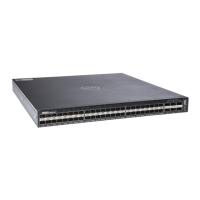
